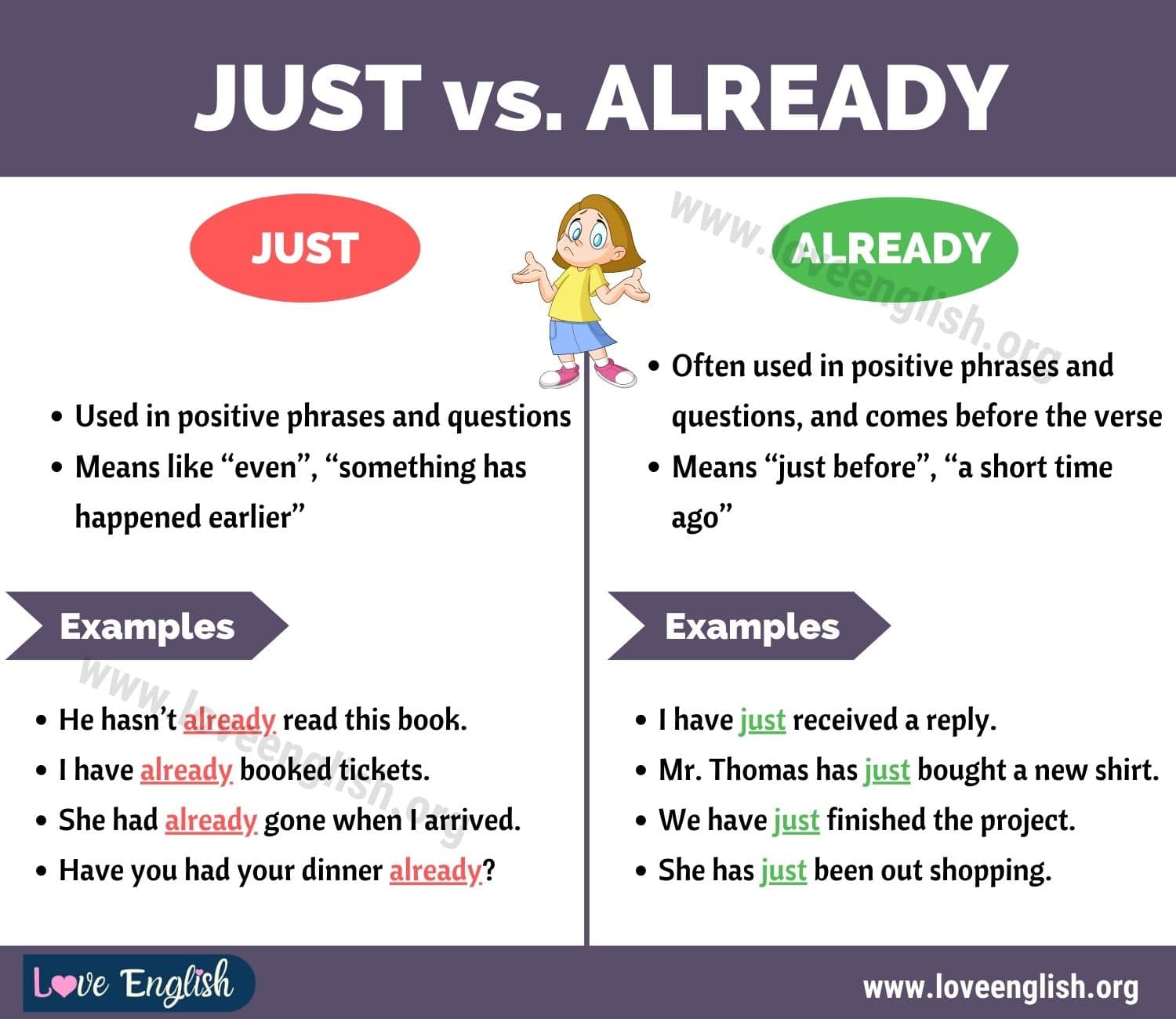Ergonomics and Functionality of the Turnstone Buoy Desk Chair

A gentle sway, a whispered sigh, the Buoy chair sits, a melancholic eye observing the endless hours spent hunched at desks. Its promise is comfort, a respite from the rigid demands of the modern work life; a promise tested by the weight of countless tasks and the relentless march of time.
Turnstone buoy desk chair – The Turnstone Buoy, with its distinctive rounded form, aims to redefine ergonomic seating. Its design, inspired by the gentle rocking motion of a buoy at sea, seeks to engage the body in subtle movement, promoting better posture and reducing the stiffness that often accompanies prolonged sitting. But does it succeed in its ambitious goal? The answer, like the ebb and flow of the tide, is complex.
Adjustable Features and Range of Motion, Turnstone buoy desk chair
The Buoy’s ergonomic design hinges on its adjustability. Several key features allow users to personalize their seating experience, attempting to tailor the chair to the unique needs of each individual. This customization is crucial in mitigating the negative effects of prolonged sitting.
| Adjustable Feature | Range of Motion |
|---|---|
| Seat Height | Typically 17-21 inches, depending on model |
| Seat Depth | Adjustable via a lever mechanism, allowing for customization of thigh support |
| Backrest Angle | Reclines to a limited degree, encouraging a more relaxed posture |
| Lumbar Support | Integrated lumbar support adjusts with the backrest, providing lower back support. The degree of support is not independently adjustable, however. |
| Armrests (Optional) | Height and width adjustable (on models with armrests) to provide optimal elbow and forearm support. |
Comparison with Other Ergonomic Chairs
The Buoy distinguishes itself from other ergonomic chairs through its unique rocking motion and focus on dynamic seating. While chairs like the Herman Miller Aeron prioritize adjustability and mesh breathability, the Buoy emphasizes movement as a key component of ergonomic design. The Steelcase Leap, known for its robust construction and comprehensive adjustability, provides a more traditional approach, focusing on precise control over individual support points. The Buoy, in contrast, offers a more holistic, less precisely controlled, experience.
The Buoy’s inherent limitations in precise adjustability, compared to the Aeron or Leap, might be seen as a drawback for users who require highly specific support. However, its proponents argue that the gentle rocking motion actively engages core muscles, promoting better posture and reducing the sedentary nature of prolonged sitting. This difference in philosophy creates a divergence in functionality, making the Buoy a unique choice in the ergonomic chair market.
Proper Setup and Adjustment for Optimal Comfort and Posture
Achieving optimal comfort and posture with the Buoy requires a thoughtful setup process. Following these guidelines will help maximize the chair’s ergonomic benefits and minimize potential discomfort.
Proper seat height is crucial. Your feet should be flat on the floor, and your knees should be at or slightly below hip level.
Adjust the seat depth so that your lower back rests comfortably against the backrest. The backrest should support the natural curve of your spine.
Experiment with the backrest angle to find a position that feels comfortable and supportive. Avoid slouching.
If your Buoy has adjustable armrests, position them so that your elbows are at a 90-degree angle when typing. Your forearms should rest comfortably on the armrests.
Remember that the Buoy’s rocking motion is integral to its design. Allow yourself to gently rock back and forth, engaging your core muscles to maintain good posture.
